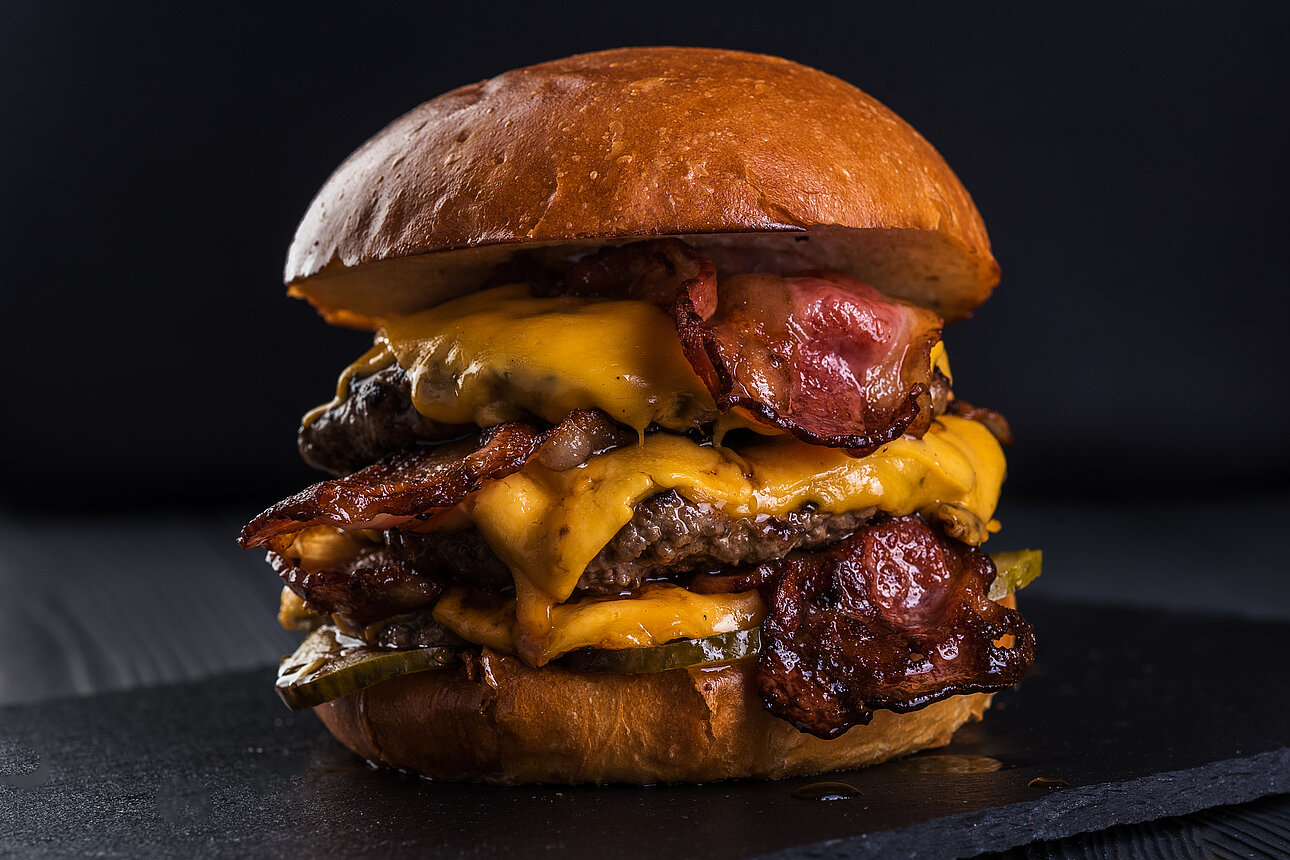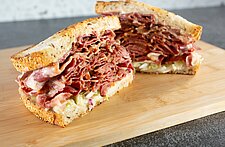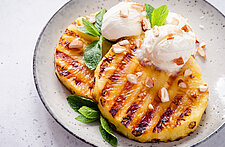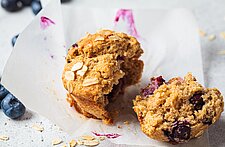The combination of meat, cheese, and bread is nothing new. Sandwiches can be dated as far back as the second century BC when Jewish leader Hillel the Elder is documented as suggesting the consumption of herbs placed inside unleavened bread (matzoh).
This, of course, far predates the fourth Earl of Sandwich, who is credited as the namesake of this meal (in the 18th century) because of his penchant for eating beef between toasted bread.
The cheeseburger came later, but this beefy sandwich has long since become an American classic, with many chefs and chain restaurants offering up their own twist.
Where did it come from, and what makes a cheeseburger a cheeseburger? Here’s everything you ever wanted to know about the original cheeseburger.
What’s in a Name?
To be honest, the name of this sandwich is pretty self-explanatory; it’s a burger with cheese. As for where it came from, there is some contention about who had the idea first. The hamburger as we know it today followed German immigrants to the U.S. in the mid-1800s as they fled the political revolution.
German butchers from Hamburg offered a range of beef cuts, but their chopped steak, dubbed “Hamburg-style” was the impetus for the cooked patties that became known as hamburgers. Burgers on buns didn’t see their debut until the 1904 World’s Fair in St. Louis, and it was years before cheese officially entered the picture.
This is where the story gets a little sketchy. Legend attributes the first cheeseburger to Lionel Sternberger, who, in 1946, added cheese to the burgers at his dad’s Pasadena, CA, restaurant, the Rite Spot. The creation was aptly, if tediously, called a cheese hamburger.
Nearly a decade later, Charles Kaelin of Louisville, KY, introduced the first so-called cheeseburger at Kaelin’s Restaurant.
Although the business claims the distinction of “the birthplace of the cheeseburger,” Kaelin failed to trademark the name. This is how Louis Ballast of the Humpty-Dumpty Drive-In of Denver, CO, was able to claim the title of inventor of the cheeseburger just a year later.
Find more trends in our weekly newsletter HERE
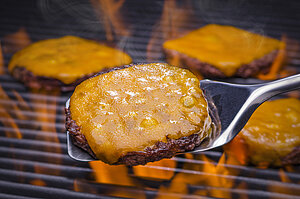 The Anatomy of a Cheeseburger
The Anatomy of a Cheeseburger
In order for a cheeseburger to be called such, it requires only two ingredients — cheese and burger. One might argue that a bun is also essential, but if you saw a cheeseburger without a bun, you’d still know what it was.
The good news is this savory food isn’t limited to just two or three ingredients. It can basically have as many as you can fit.
Just look at the McDonald’s Big Mac, the ingredient list of which became one of the company’s most famous and enduring ads, thanks to “two all-beef patties, special sauce, lettuce, cheese, pickles, onions on a sesame seed bun.”
Related: Reinventing Unhealthy Dishes
When Is a Burger Not a Burger?
There’s really no wrong way to make a cheeseburger as long as you start with meat and cheese.
The meat typically has to be beef, although veg options like Beyond and Impossible are definitely gaining market share. The sky is the limit when it comes to cheese, from classics like cheddar and Swiss to adventurous options like pepper jack, stilton, or blue cheese.
You can add common toppings like lettuce, tomatoes, onions, pickles, or relish, along with popular condiments like ketchup, mustard, or mayo. Or you can put your toe over the line with BBQ sauce, grilled onions, bacon, fried eggs, mushrooms, or avocado.
You might even go wild with gourmet additions like sliced apples and brie, fried shrimp, kimchi, caprese, or even peanut butter and jelly.
Get Creative with a Classic
As a chef or food manufacturer, there’s just no limit to how creative you can get with this American comfort food favorite. While many diners stick to the basics, plenty are also game to explore new flavor profiles where the humble cheeseburger is concerned.
To learn more about our products and insights, get in touch with our team at Symrise today, Contact us here!
